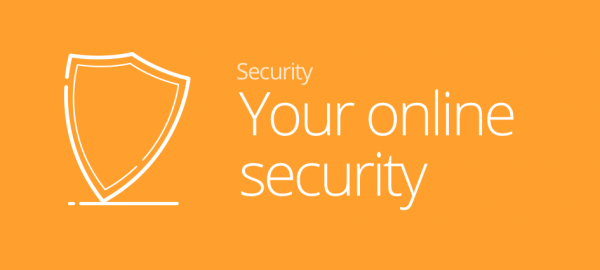Video conferencing has been around for years, but with technology moving forward, we can now share screens, have virtual whiteboards, and if you really want to get creative, virtual backgrounds.
All these things make video conferencing a great tool in the current climate for work, but they can really help friends and families stay in touch.
The challenge is, as any technology or service becomes popular, criminals and disruptive people will find a way to take advantage. A recent new trend of “zoom-bombing” has resulted in calls being interrupted by uninvited individuals sharing inappropriate material and taking control of the call. When a smaller number of people used conferencing services, people didn’t consider security to be an issue, and potentially weren’t a worthy target because it was a smaller audience. Now that audience has grown, so has the threat to what you thought was a private call.
To keep you up to date on what you can do to limit the risks or being interrupted, try some of the below suggestions. Please remember not all services are the same, and to list specifics would result in pages of advice with the message of this blog being lost. Please check your preferred service settings and create a few legitimate obstacles that attempt to keep that company confidential or private chat, just that… confidential and private.
- If you have installed software, make sure it is up to date/the latest version. Or if you are using a web browser service, make sure your browser is up to date. Enable auto-updates to ensure any security flaws or vulnerabilities are fixed.
- Share your meeting links preferably on closed communication channels, for example via specific email addresses. Try not to post the link on social media; you wouldn’t post that you’re having a house party on an open forum with your address, date and time and think no strangers would turn up, would you?
- If the service allows, make sure you can accept the attendees joining the call, rather than having the meeting open for everyone to join. Some services, like Zoom, have a Waiting Room function, this allows you to complete a roll call and ensure only valid attendees are included.
- If the meeting service requires you to sign-in to setup a meeting or use the service, do not share your credentials. This is general advice, don’t give your usernames or password for anything to anyone – keep them secret.
- If you can avoid sending URL’s or links, then do so. Often scammers will send ‘dodgy links’ to help them install malware – this isn’t just limited to laptops and PCs – it includes mobile phones too. So, where possible just send which service you will be using, and the meeting reference as free text in the message body or meeting request. This will help people get used to not clicking on links from unknown sources. You may be connecting with a supplier, a potential new client or a family member which may not be familiar with conferencing services. Clicking links is becoming riskier when the originator is unknown or untrusted and something I tell my friends, family and colleagues to avoid as much as possible.
- If the product or service is feature-rich, such as screen sharing, changing who has control of the screen, virtual whiteboards, consider turning off features that aren’t in use. If you just want a voice call, disable video. Likewise, if you don’t plan to use a virtual whiteboard or instant messaging alongside the call, turn the features off. If there are fewer routes into hijacking the call, it becomes more challenging for those pesky individuals wanting to cause disruption and harm.
Hopefully these few items will help give you confidence in both existing and new technology. Video conferencing platforms can be extremely powerful in times where communication is key to work productivity and family welfare. They can be fun and often come with some useful add-ons – just be sure you know what these are and how to use them.
Take time to get familiar with your product/service; just like meetings that happen in person, you would go to the meeting a few minutes early, make sure the room is tidy and ready for a productive session, do the same in your virtual room.
And lastly, just like going out in public or meeting a new client/girlfriend/boyfriend/significant other, make sure you are dressed appropriately… 😊
Check out our blog post about staying safe whilst working from home for more information.
